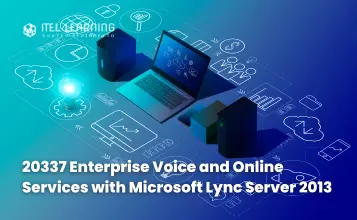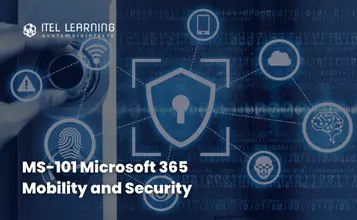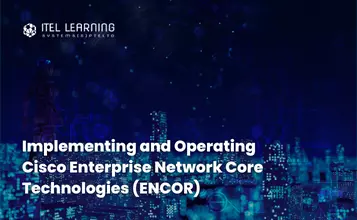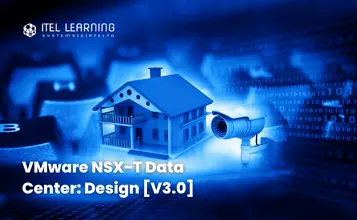Overview
This 5-day instructor-led course teaches how to design and configure enterprise voice in Microsoft Lync Server 2013 and Lync Online services. This course will provide you with the knowledge and skills to configure and manage a Lync Server 2013 on premises, Lync Online in the cloud or in a mixed deployment. In addition, it will provide the skills needed by IT or telephony consultants to deliver a Lync based enterprise voice solution. This course will teach you how to configure Lync Server 2013, as well as provide guidelines, best practices, and considerations that will help you optimize your enterprise voice deployment. This course helps the participants prepare for Exam 70-337.
Prerequisites
Participants who wish to take up this course should meet the following prerequisites:
- Minimum of two years of experience with Microsoft Lync technologies or similar telephony systems
- Completed Course 20336: Core Solutions of Microsoft Lync Server 2013 or equivalent knowledge of deploying Lync Server 2013 or Lync Online
- Experience deploying Lync clients, including end user and common area devices
- Familiarity with security, networking and high availability concepts
- Experience with monitoring and troubleshooting on Windows Server
- Understanding of Active Directory Domain Services (AD DS)
- Experience managing an application remotely using Windows PowerShell 2.0 or newer
Who Should Attend?
This course is recommended for IT Consultants and Telecommunications consulting professionals who have experiences in designing, planning, deploying, and maintaining solutions for unified communications (UC) with particular emphasis on enterprise voice over internet protocol (VOIP). The participant should be able to translate business requirements into technical architecture and design for a UC solution. The participant should also have basic Windows Server 2012 navigation skills.
Course Outline
- Architecture and Server Roles
- Voice Features of Lync Server 2013
- Site Topologies
- Introduction to Lync Voice Routing
- Configuring Enterprise Voice
- Defining Voice Policies
- Assigning DID Numbers
- How to Design a Dial Plan
- Overview of Exchange 2013 Unified Messaging
- Integrating Unified Messaging with Lync Server 2013
- Call Park Service
- Managing Calls to Unassigned Numbers
- PSTN Conferencing
- Overview of Response Group Services
- Implementing Response Group Services
- Introducing Location Information Server
- Overview of Setup and Call Flow Designing Location Policies
- Implementing LIS
- Address Discovery
- User Experience
- Connecting to the PSTN
- Connecting to the Existing PBX
- M:N Interworking Routing
- Call Routing Reliability
- Planning for Media Requirements
- Call Admission Control
- Planning for Call Admission Control
- Media Bypass
- Introduction to Phones and Devices
- Device Deployment
- Lync Server 2013 Phone Management
- Analog Device Support
- Office 365 Architecture
- Deploying Lync Online
- Lync Hybrid Scenarios
- Voice Quality Concepts
- Exploring Lync Monitoring Server Components
- Exploring Lync Monitoring Server Reports
- RTP and RTCP Collected Information
- Voice Resiliency in Lync Server 2013
- Lync Pool Resilience
- Branch Office Resilience








